8. Phantom Thread (Paul Thomas Anderson, 2017)
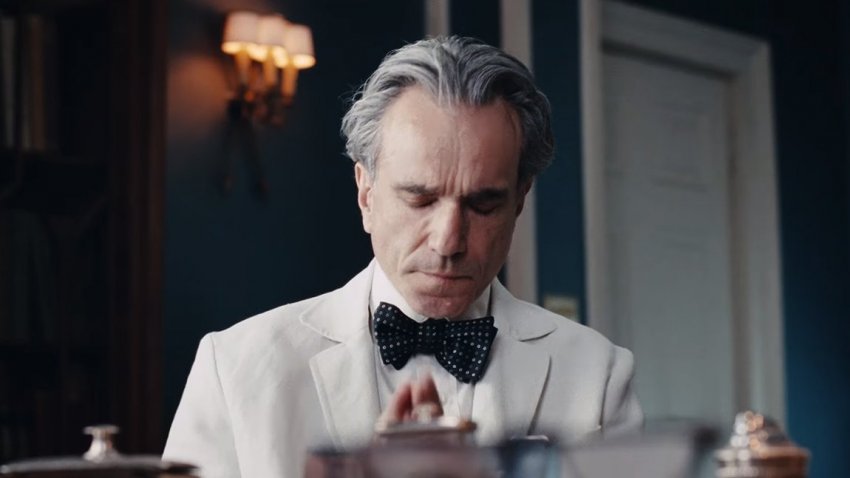
Paul Thomas Anderson is one of the greatest filmmakers working nowadays: he has always shown his abilities and qualities in all his films, from “Magnolia” to “There Will Be Blood”, from “The Master” to the most recent “Phantom Thread”. The latter is a film of rare class and elegance, set in 1950s London, and tells the romantic affair between a stylist and a waitress.
With references to Hitchcock and Powell and Pressburger, Anderson make his most mature feature, narrating an audacious and compelling history of love, domination, jealousy and beauty. Daniel Day-Lewis – in his final acting role – gives a character and a performance of rare power and intensity, alongside two perfect secondary characters, played by talented and strong women: Vicky Krieps and Lesley Manville.
With a magnificent photography, impeccable costumes and setting, spectacular soundtrack and near-perfect direction, “Phantom Thread” is the highest form of Cinema, and Paul Thomas Anderson an authentic phenomenon.
7. Only God Forgives (Nicolas Winding Refn, 2013)
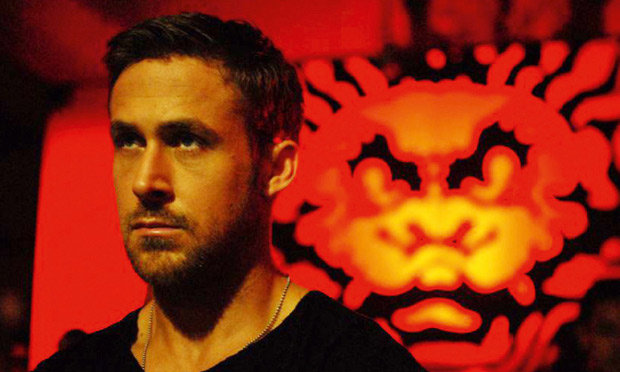
After the success of “Drive” (2011), Nicolas Winding Refn has chosen with “Only God Forgives” to move to a more radical and difficult type of Cinema. This movie is a complex and ferocious adaptation of Freudian theory of Id, ego and super-ego, seasoned with influences ranging from Lynch to Jodorowsky.
Refn manically cures the images, creates characters full of drama and charisma and stages an overwhelming narrative based on an perturbing and fascinating subject. A furious and ingenious tale of revenge, fault, regret and rage, “Only God Forgives” is visually stunning and full of meanings: the definitive consecration of Refn’s talent.
6. Cosmopolis (David Cronenberg, 2012)
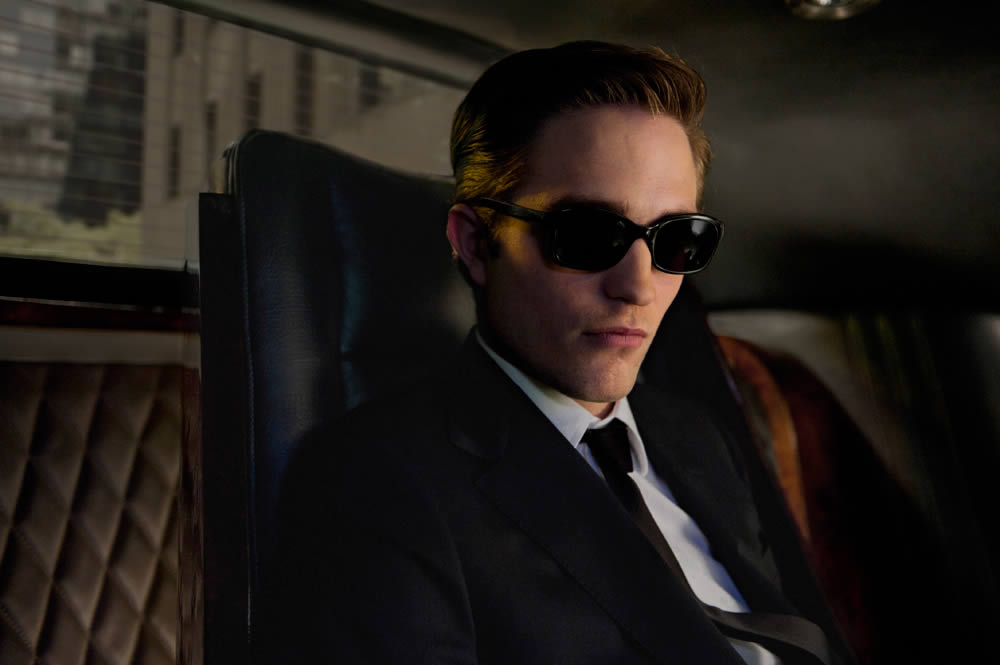
Based on Don DeLillo’s homonymous novel, “Cosmopolis” is a movie of of burning and disconcerting actuality, due to its portrayal of capitalism in modern society. The movie is a dazzling evolution of the Cronenbergian Cinema, who has gone from the analysis of body change to mind change.
Robert Pattinson in his best performance plays Eric, a young millionaire driving through a chaotic and dangerous New York in a limo: Eric is a ghost, a rich person materially but spiritually poor, who no longer knows how to live life, does not know the meaning of love and his only pleasure is getting his hair cut daily by his trusted barber.
“Cosmopolis” is the perfect film which describe contemporary society and economics. Cronenberg masterfully directs an absurd and precise film at the same time, disturbing and grotesque, with a monumental ending.
5. Outside Satan (Bruno Dumont, 2011)
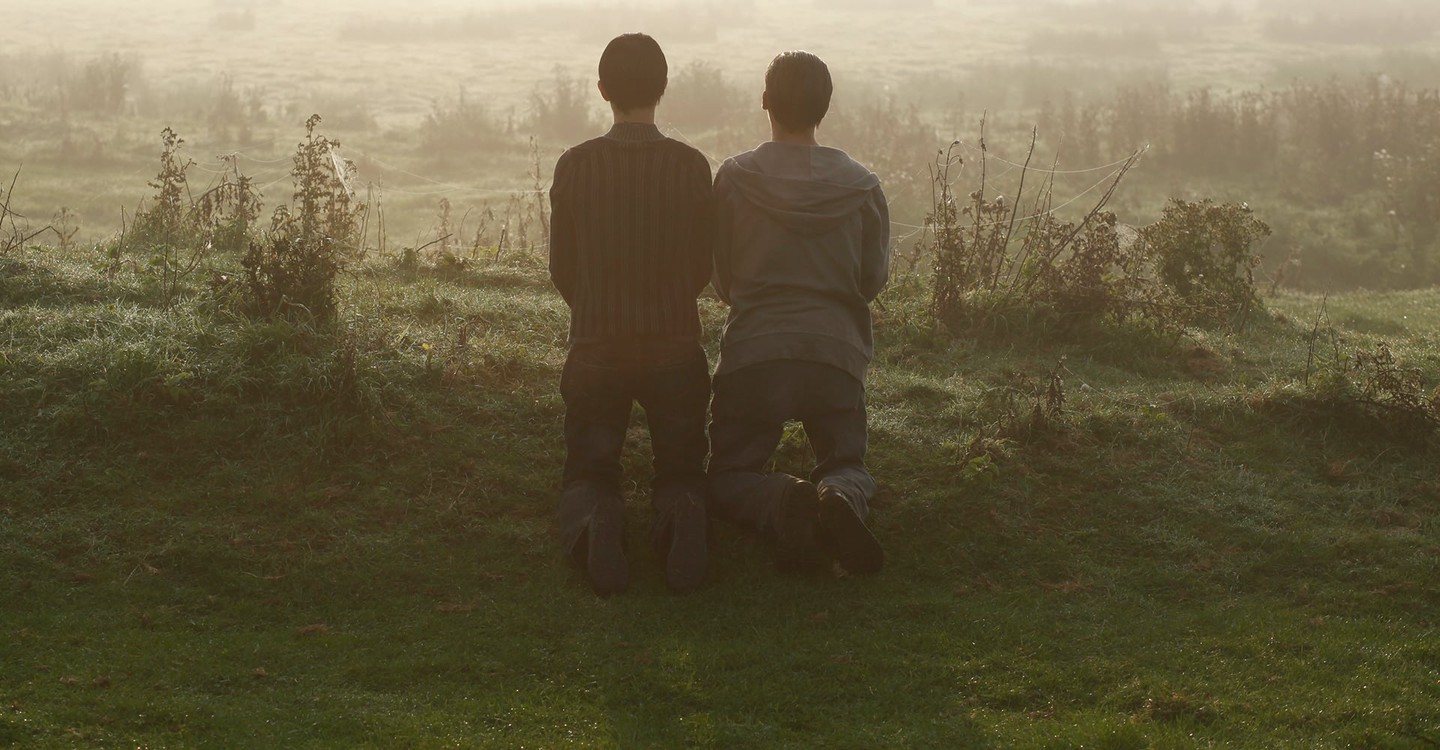
Acclaimed French Author Bruno Dumont is an extremely important voice in the contemporary arthouse Cinema panorama. “Outside Satan” fits perfectly in the style of the great director: an absurd story told with so much grace and mastery as to result extremely elegant and even moving.
Two loneliness move against the background of a desolate countryside, in the woods where the days pass the devil roams. But maybe the devil is the protagonists’ minds. Or is It in in people who do not like the two?
Dumont is cryptic, but the thematic richness and technical perfection of the film make its cryptic being very fascinating and stimulating. “Hors Satan” is a rare piece of jewellery; an immense work with many scenes that remain imprinted in the memory.
4. Holy Motors (Leos Carax, 2012)
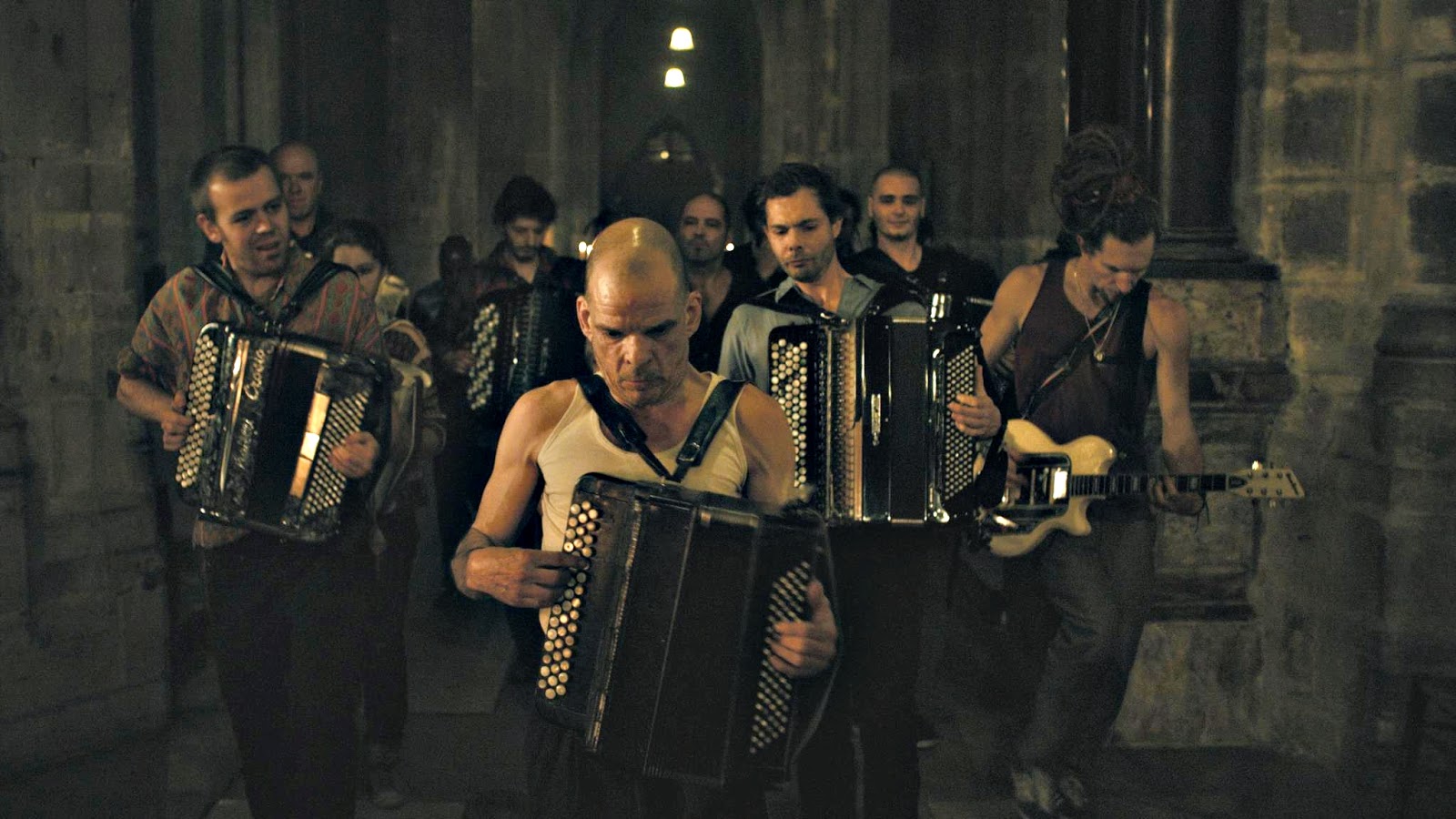
Leos Carax’s return to the big screen after more than a decade is a total triumph: “Holy Motors” is perhaps the most precise and glossy representation of the Cinema – and the visual device in general – in the 2010s.
The film is about a man – played by an extraordinary Denis Lavant – who changes continuously his identity: Carax makes a pirandellian film about appearing and being, and makes a necessary reflection on the different masks that each of us wears every day to relate with other people.
A slow journey through the streets of Paris, between eccentric characters and ambiguous situations, “Holy Motors” treats the contemporary in an original, brilliant, almost surreal way and it’s one of the most lucid analysis of our time.
3. Melancholia (Lars von Trier, 2011)
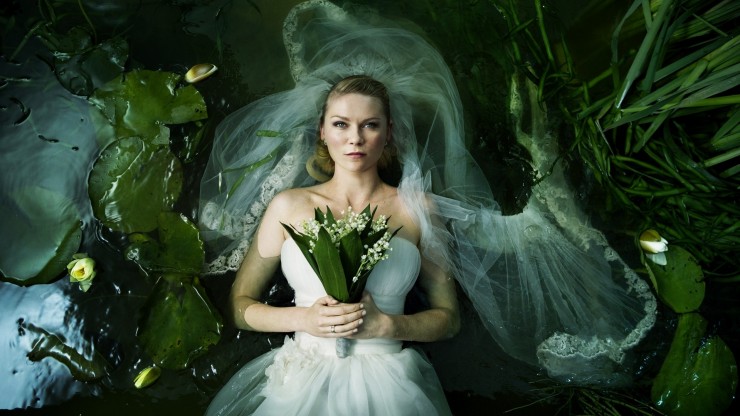
The second chapter in Lars Von Trier’s “Depression Trilogy”, “Melancholia” defines perfectly the best qualities of his director’s career. Based on a dark period of his’ life, Von Trier puts on screen a story of heartbreaking and painful humanity that is intertwined with a tragic and moving apocalyptic plot.
The exploration of human soul and thoughts in “Melancholia” is deep and poignant, Von Trier’s typical pessimism is impeccably inserted in a dance of complex and multifaceted characters, an orgy of splendid images and a set of stimulating and intriguing concepts.
Painful work on the sufferings of men, “Melancholia” is about the strength of two women, a force found through weakness, but Von Trier says that we are still at the mercy of something greater than ourselves, of unstoppable, as seen in the breathtaking finale.
2. Stray Dogs (Tsai Ming-liang, 2013)
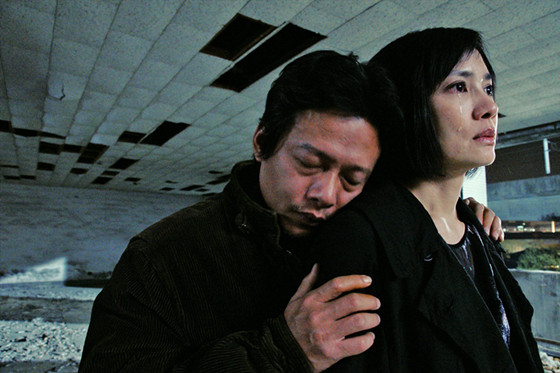
Winner of the Grand Jury prize at 2013 Venice Film Festival, “Stray Dogs” is the culmination of the artistic maturation of Taiwanese director Tsai Ming-liang and the maximum expression of his cinematic vision.
“Stray Dogs” is the evolution of Tsai’s cinematic eye, and also his most extreme work from the point of view of form, of film poetics: after “Stray Dogs” there’s nothing left to tell, everything has been said, it’s a symbolic end.
Tsai creates a series of fixed, motionless and desperate pictures, but at the same time of incredible and seductive beauty, to make us understand the poverty of today’s world. The viewer remains speechless in front of such majesty, an incredible visual power, an awareness of Cinema so perfect.
1. The Turin Horse (Bela Tarr, 2011)
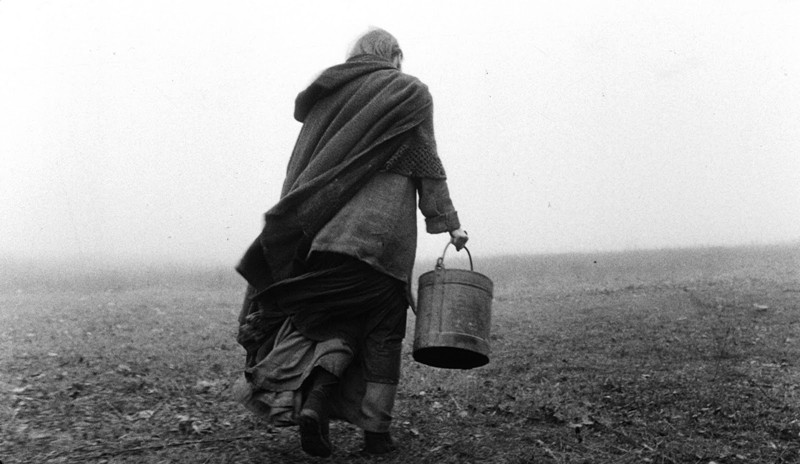
Loosely inspired by a crucial event in Friedrich Nietzsche’s life, Hungarian director Bela Tarr won the Special Jury prize at 2011 Berlinale for one of the greatest movies of the 21st century. “The Turin Horse” represents arthouse filmmaking at its highest, the perfect definition of “cinematic masterpiece” and one of the most important pictures ever.
A twilight and burial work, in “The Turin Horse” Tarr images the end of the world: the central theme of the work is in fact the heaviness of human existence. The protagonists seem condemned, totally hopeless: in fact they do the same daily actions and seem destined to oblivion, resigned.
Tarr takes full advantage of the stylistic elements that distinguish him: long and fascinating long takes that, with the help of a splendid black and white, paint a picture of total desolation and impending mortality. “The Turin Horse” is inevitably the last thread of the career of an authentic genius: never the end was represented in such an intense, immense and absolute way.